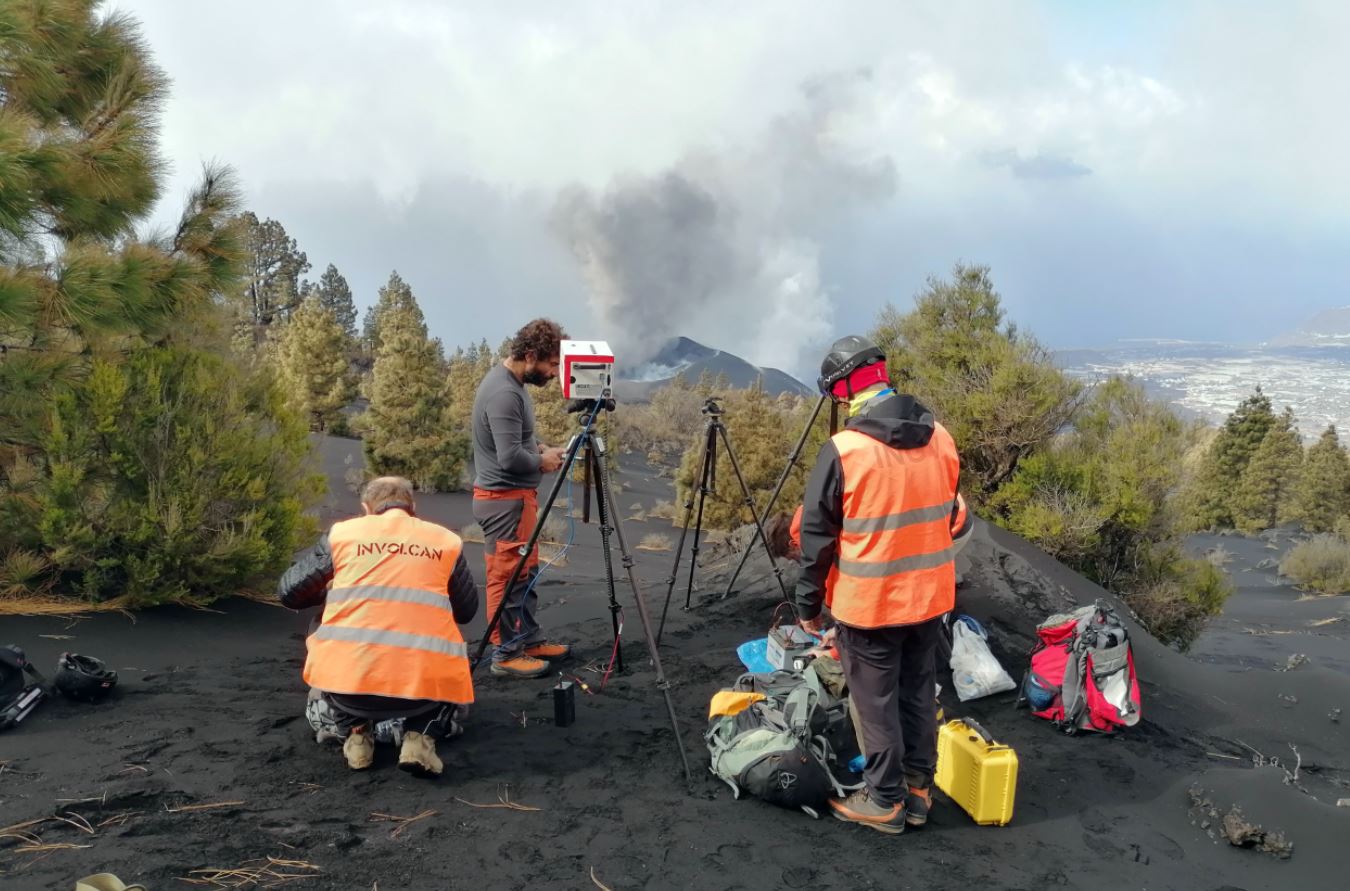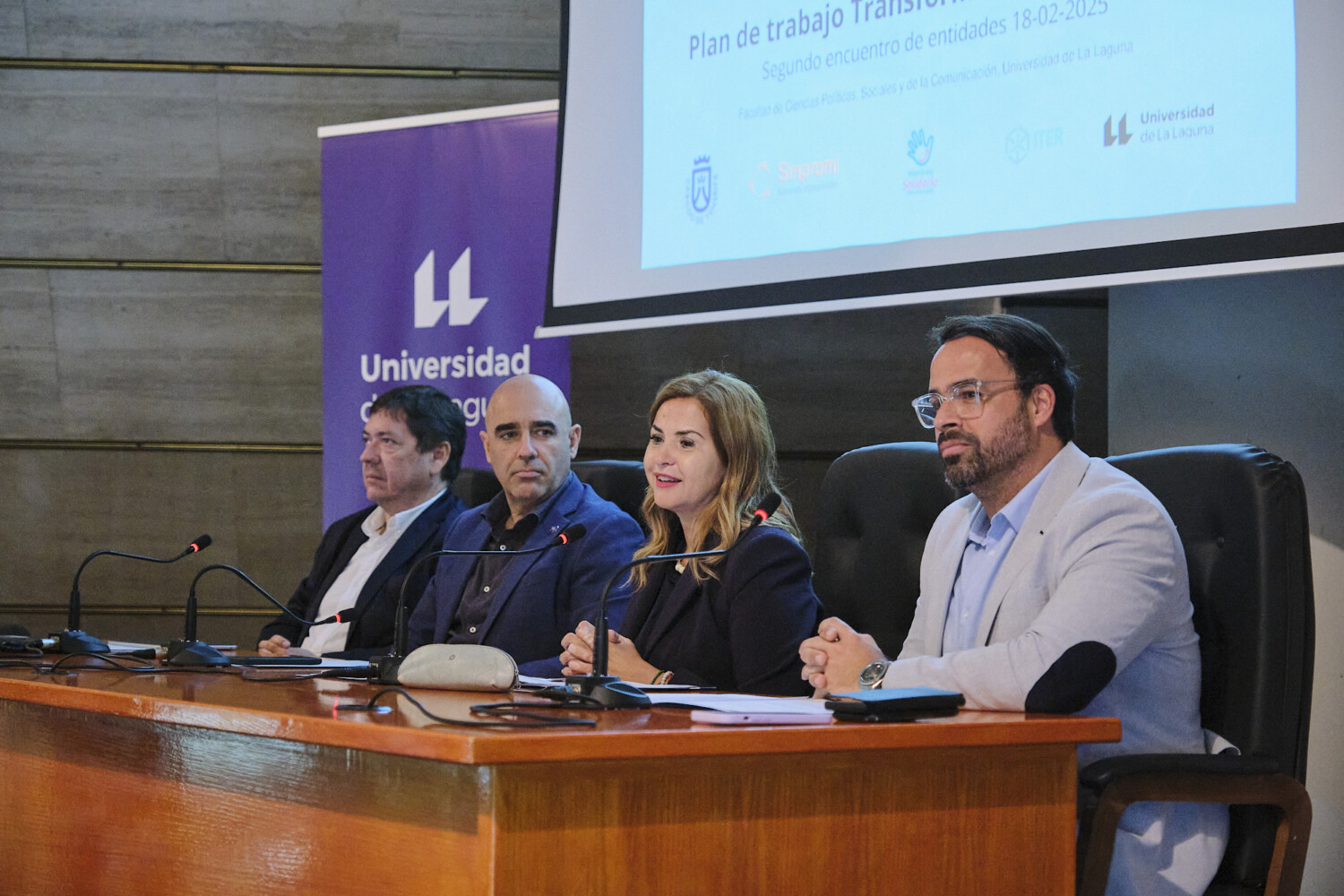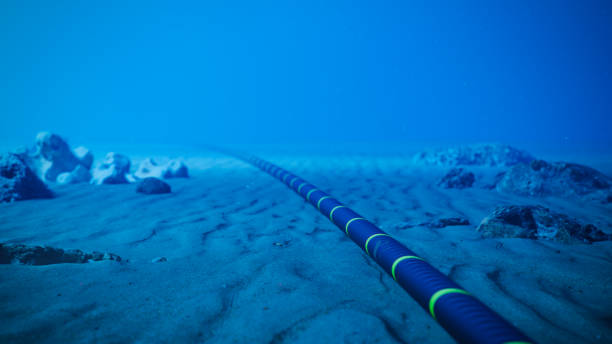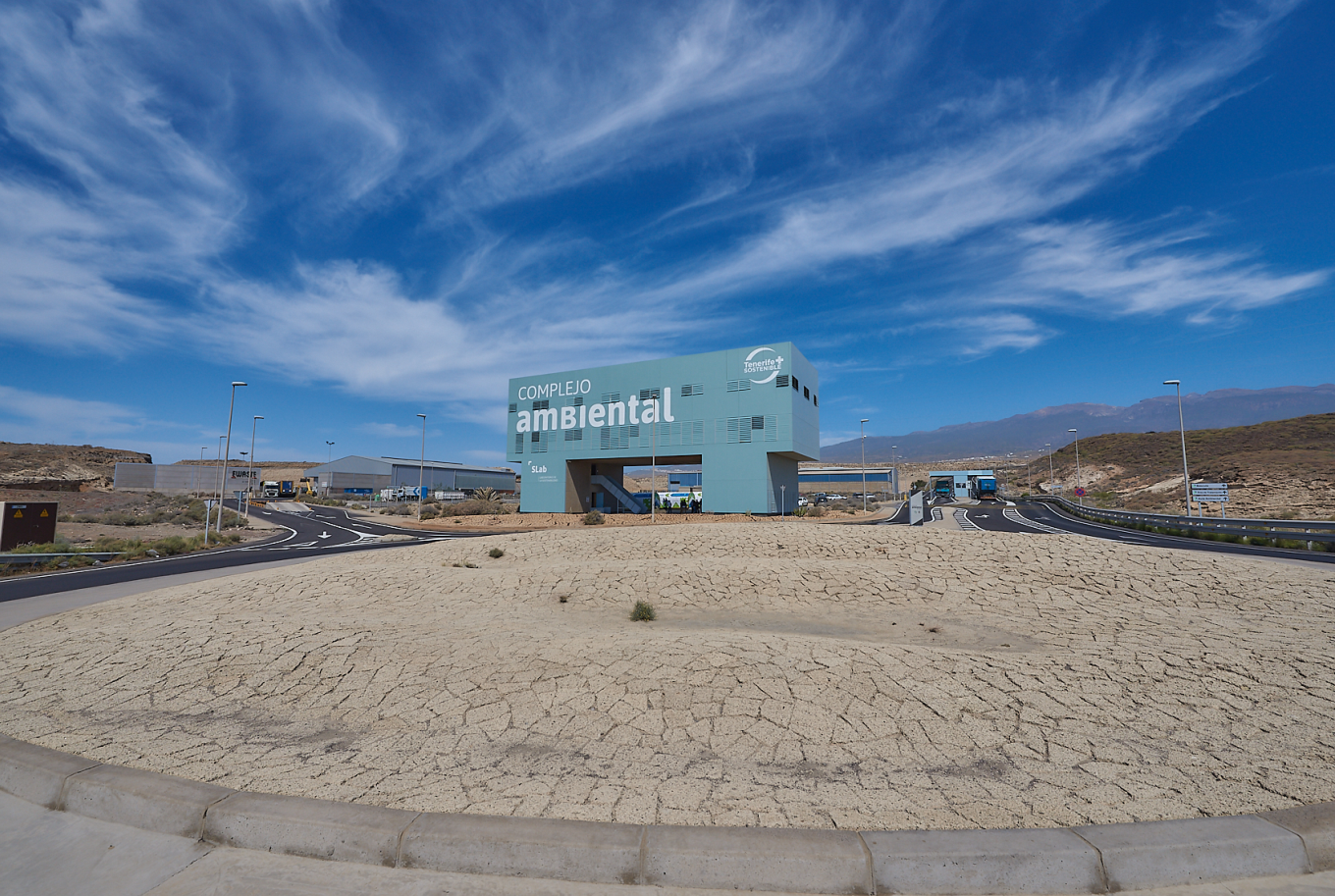The work indicates that it emitted 28 ± 14 million tons of carbon dioxide, exceeding the annual pollution figures in the Canary Islands.
Research led by Mike Burton of the University of Manchester, and promoted by the Volcanological Institute of the Canary Islands (INVOLCAN), through the important international scientific collaboration program that led during the recent eruptive activity of La Palma, in collaboration with international experts, reveals the impressive emissions of carbon dioxide (CO2) during the eruption of the Tajogaite on the island of La Palma, Canary Islands.
The study has been published in the prestigious international scientific journal Communications Earth & Environment, an open access journal of the Nature group that publishes high quality research, reviews and commentary on earth, environmental and planetary sciences.
Alkaline mafic magmas that form intraplate oceanic islands, such as the Canary Islands, are believed to be strongly enriched inCO2 due to a low degree of partial melting of enriched mantle sources. However, until now, suchCO2 richness had not been verified by measuringCO2 degassing during a subaerial eruption.
This scientific publication provides evidence of highlyCO2-rich gas emissions during the 86-day Tajogaite eruption at Cumbre Vieja volcano, La Palma (Canary Islands).
The results of this work reveal that the amount ofCO2 emitted to the atmosphere during the Tajogaite eruption was 28 ± 14 million tons ofCO2, an amount higher than the 13.8 million tons ofCO2 emitted to the atmosphere as a consequence of anthropogenic activity in the Canary Islands during the 365 days of the year 2020.
The paper highlights the uniqueness of theseCO2 emissions during subaerial eruptions, providing crucial evidence forCO2 degassing in alkaline mafic magmas. It reveals unusually highCO2/sulfur dioxide(SO2) ratios in the volcanic plume, suggesting a magmatic CO2 content of 4.5 ± 1.5 wt%. These findings represent a milestone, verifying the richness ofCO2 in these types of magmas and its impact on volcanic emissions.
The study highlights the importance of understanding degassing during subaerial eruptions and its implications for monitoring and understanding volcanic emissions.
Researchers from different entities have participated in it: University of Manchester (UK), Centre for the Observation and Modelling of Earthquakes, Volcanoes and Tectonics , COMET (UK), Università degli Studi di Palermo (Italy), Institut de Physique du Globe de Paris (France), Instituto Volcanológico de Canarias, INVOLCAN (Spain), Istituto Nazionale di Geofisica e Vulcanologia, INGV (Italy), University College London (United Kingdom), Universidade dos Açores (Portugal), Instituto Tecnológico y de Energías Renovables, ITER (Spain), Universidad de O’Higgins (Chile), University of Glasgow (United Kingdom), Institut des Sciences de la Terre d’Orléans, ISTO (France) and Université Clermont-Auvergne (France).
Reference to the article:
- Burton M., Aiuppa A., Allard P., Asensio-Ramos M., Pardo Cofrades A., La Spina A., Nicholson E. J., Zanon V., Barrancos J., Bitetto M., Hartley M., Romero J. E., Waters E., Stewart A., Hernández P. A., Lages J. P., Padrón E., Wood K., Esse B., Hayer C., Cyrzan K., Rose-Koga E. F., Schiavi F., D’Auria L. & Pérez N.M. (2023). Exceptional eruptiveCO2 emissions from intra-plate alkaline magmatism in the Canary volcanic archipelago. Communications Earth & Environment 4, 467, https://doi.org/10.1038/s43247-023-01103-x






